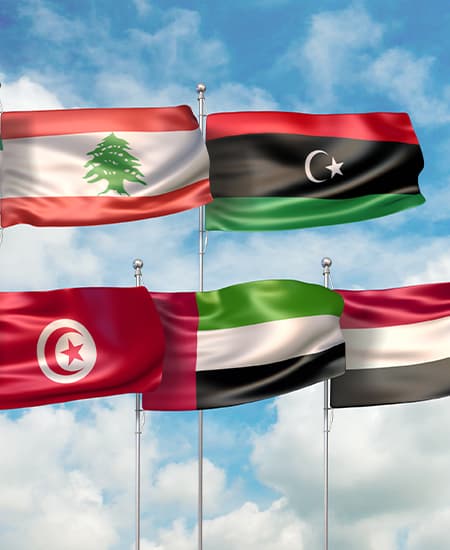Faculty Mobility
The UOS fosters a prestigious interdisciplinary and multicultural environment for all faculty. Pushing beyond geographical borders, UOS encourages and supports all forms of faculty exchange programs to push the environment of collaborative research.
To apply to the UOS faculty exchange program, please fill the form.
Apply for International Faculty Exchange Program
ApplyFor further information, please email oir.faculty@sharjah.ac.ae
Dr. Fikry El-Naggar
Assistant Professor, Department of Cooperation for Teaching Arabic to Chinese Students – 2017/2018
The University of Sharjah is one of the big universities that is achieving a good international reputation in according with the vision of its founder and president, Sheikh Dr. Sultan bin Mohammad Al Qasimi, Member of the Supreme Council, Ruler of Sharjah. In an effort of achieving this vision, the International Relations Office was established. One of the universities with which UOS established a cooperation agreement is Xi’an University for International Studies in 2017/2018.
The agreement resulted, among others, in opening a program for teaching Arabic.
The agreement provides that Chinese students visit the University of Sharjah to enroll in the Arabic Language Department and that faculty members from this department travel to Xi’an University in 2018/2019. The Chancellor, Prof. Hamid M.K. Al Naimiy said: “You will be our ambassador there”. I was assigned to teach 22 hours a week. I happily agreed so that the supreme goal of the University of Sharjah will be realized. The challenge was that most of the teaching hours were with first year students who do not know Arabic, and I do not know Chinese. However, with the grace of Allah, I managed to use multiple teaching methods and overcame the challenge. The students started to interact in Arabic at the beginning of the second half of the year.
The efforts were fruitful. Students loved Arabic. They started to learn it and their pronunciation of Arabic letters improved. They acquired the conversation skills and became able to speak fluently and confidently. They also asked me to learn the Arabic calligraphy. As a result, many students mastered some types of Arabic scripts, mainly: Naskh, Ruq’aa and Diwani. My interest in reading aloud was useful in teaching them spelling, writing, speaking and listening. I also followed the demonstration method in teaching; the lesson of “Nature” was conducted in the College park, the lesson “Food” was conducted in the Restaurant, and so on. They were so happy with that.
Fortunately, Chinese students are hard workers in learning Arabic. They would attend curricular and inter-curricular activities eagerly. They thanked me as I gave them new information not included in their textbooks or communicated with them through WeChat with the aim of encouraging them to write correctly. We are still communicate with each other for Arabic language learning.


